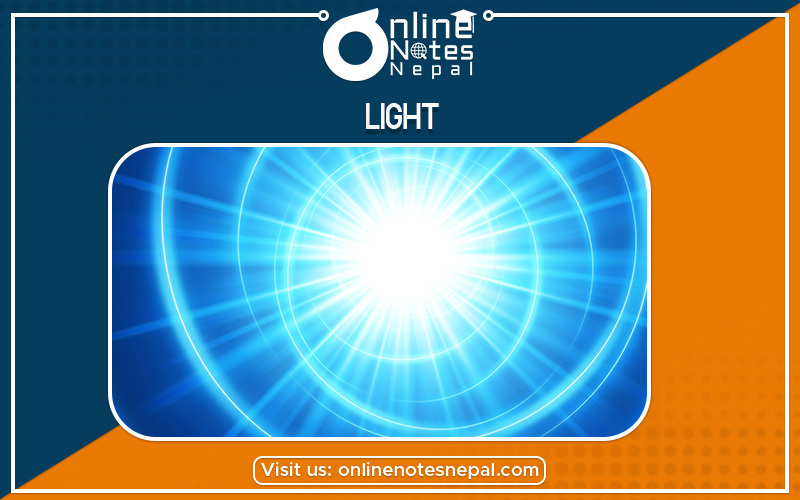Published by: Nuru
Published date: 06 Jul 2021

Light is a form of electromagnetic radiation with a wavelength that can be detected by the human eye. It is a small part of the electromagnetic spectrum and radiation given off by stars like the sun. It exists in tiny energy packets called photons. Each wave has a wavelength or frequency.
The lens is a transparent optical device used to converge or diverge transmitted light and to form images. Anastigmat - compound lens or lens system designed to be free of astigmatism and able to form approximately point images.
There are two types of lens and they are:

A concave lens is a lens that possesses at least one surface that curves inwards. It is a diverging lens, meaning that it spreads out light rays that have been refracted through it. A concave lens is thinner at its centre than at its edges and is used to correct short-sightedness (myopia).

A convex lens is thicker at the centre than at the edges. Rays of light that pass through the lens are brought closer together (they converge). A convex lens is a converging lens. When parallel rays of light pass through a convex lens the refracted rays converge at one point called the principal focus.
Principal axis:
It is the straight line passing through the two centre of curvature.
Optical centre:
The geometrical centre of the lens is called the optical centre.
Focal length:
It is the distance between the optical centre and the principal focus.
Principal focus:
When rays parallel to the principal axis of a concave (or convex) lens appear to diverge (or converge) from a point then it is called the principal focus.
Real image and virtual image:
The image that are formed on the screen are the real image. eg image formed by the convex lens.
The image that are not formed on the screen are the virtual image formed by a concave lens.
a. Parallel rays coming from the infinity meet at the focus after refraction by a convex lens. The nature of the image is real inverted and diminished.

b.When the object is placed beyond the 2F, real inverted and diminished image is formed between F and 2F

c. When the object is placed at 2F, the nature of the image is real, inverted and of the same size.

d. When the object is placed between 2F and F the image is formed beyond the 2F which is real, inverted and magnified.

When the object is placed at the focus the image is formed at infinity which is real inverted and magnified.

f.When the object is kept at the optical centre and focus, virtual magnified and erect is formed.

Ray diagram of the concave lens:
When the object is kept between infinity and focus, virtual erect and diminished image is formed between the focus and optical centre on the same side of the object in the lens.

When the object is kept infinity, virtual erect and highly diminished image is formed at focus.

The ratio of the size of the image to the size of the object is called magnification.
M = I/O =(height of image) height of object= Image distance (v)/object distance (u)
Relation between focal length, object distance and image distance:
The formula for lens is:
1/focal length(f) = 1/object distance(u)+1/image distance(v)
The power of lens is defined as the ability of a lens to converge or diverge light rays falling on it.
Power(P) = 1/f
The S.I unit of the power is dioptre.
Those instruments which use lenses, prism, and mirror are called optical instruments.
The ability of eye to change the focal length so that image is always formed at retina is called power of accommodation.
The nearest point which eye can see is called near point and it is 25cm.
The farthest point which eye can see is called far point and it is infinity.
The inability of the eye to form an image on the retina of the object lies between the far and near point is called a defect of vision.
Long-sightedness (hypermetropia):
The defects of the eye in which a person can see an object at a farther distance but cannot see the object at a close distance are known as long-sightedness.

Causes:
Remedy:
By using the convex lens of suitable focal length.
Short-sightedness (myopia):
Short-sightedness is the defect in which the person has the ability to see the object at a near distance but has weakness in seeing the object at a farther distance.
Causes:
Remedy:
By using the concave lens of suitable focal length.
Microscope:
The microscope is the optical instrument that is used to view the image of the small object in a magnified form. There are two types of microscope
Telescope:
The telescope is the optical instrument, which is used to view the distant object. There are two types of telescope: